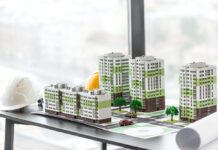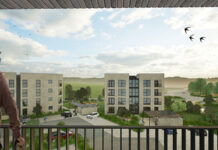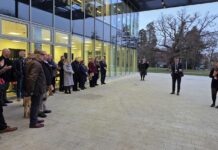
THE Building Engineering Services Association (BESA) is calling for action to tackle the growing number of buildings that overheat.
With the UK set to record its warmest summer on record, the association says the rising number of deaths linked to longer and more intense heatwaves makes this a serious building safety issue.
The Met Office confirmed this summer is already the sunniest and driest on record. Researchers from Imperial College London also estimated there were 263 excess deaths due to heat in the capital during June alone.
“2022 might have seen more dramatic temperature peaks but this year seems to mark a move into much longer and more relentless periods of heat stress,” said BESA’s technical director Kevin Morrissey. “This is significant because it suggests we are experiencing a new long-term weather pattern which calls for a more concerted effort to adapt our built environment.”
Research by Friends of the Earth (FoE) has identified almost 5,000 neighbourhoods in England that regularly suffer from heat stress. The group believes there could be more than 10,000 heat-related deaths annually in the UK by 2050.
“There are multiple technical solutions available, including both passive and mechanical cooling systems,” added Kevin Morrissey. “However, to ensure these reach the most vulnerable in our society cooling must now become a central part of the UK’s push to decarbonise the built environment, which continues to focus primarily on how we heat buildings.”
BESA believes overheating should be part of the wider building safety regime, pointing out that the addition of fire-resistant insulation was making many more homes liable to overheat, so this needed to be offset by better ventilation and cooling.
“Overheating is the most overlooked building safety issue,” said Morrissey. “Improving insulation to reduce heat loss and protect occupants from fire is extremely important, but in many cases, this is exacerbating growing health problems caused by poor indoor air quality (IAQ) and condensation by raising temperature and humidity and reducing air change rates.”







